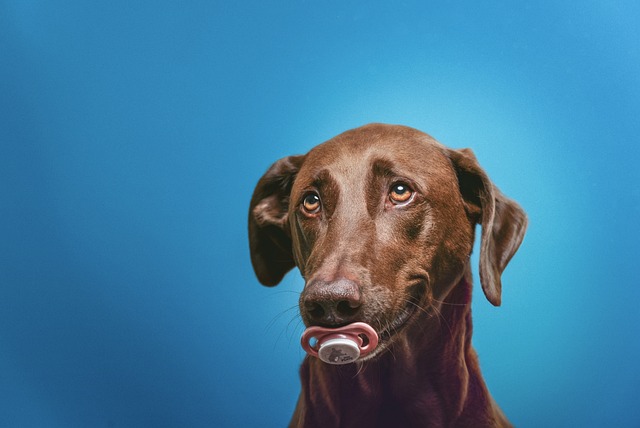
What is glaucoma in a dog?
You might notice your dog squinting more at mealtime or avoiding bright sunlight—these small changes could be early signs of a serious eye condition.
Noticing your dog scratching more than usual? Maybe their skin looks red, or there’s a strange odor coming from their coat. These could be signs of bacterial or fungal infections—common issues that can make even the happiest pup miserable. Catching them early and handling treatment the right way is key, and it starts with knowing what you’re up against.
Bacterial infections in dogs often show up as hot spots—moist, inflamed patches that might ooze or crust over. They can happen after a scratch, flea bite, or even just from too much moisture trapped in their fur. Fungal infections, on the other hand, might look like scaly, circular lesions, especially on their paws or ears, and they love warm, damp places. Both can make your dog itch like crazy, and if left unchecked, they can spread or get worse.
The first step? Don’t guess. Reach out to your vet. They’ll take a close look—maybe swab the area or do a quick test to tell if it’s bacterial or fungal. That matters because treatments are different. Bacterial issues usually need antibiotics, but not the kind you might have in your medicine cabinet. Using leftover pills from a previous illness or grabbing something over the counter without a vet’s okay can do more harm than good, and in many places, it’s not allowed. For fungal infections, antifungal meds—creams, shampoos, or pills—are the way to go, but again, your vet will pick the right one based on what’s causing the problem.
 While your dog is on treatment, there are small things you can do to help them heal faster. Keep the infected area clean and dry. If it’s on their paws, wipe them off after walks to avoid trapping dirt. Wash their bedding regularly in hot water to kill any lingering germs. And resist the urge to let them lick or chew the spot—an Elizabethan collar might be annoying for them (and you), but it stops them from making things worse.
While your dog is on treatment, there are small things you can do to help them heal faster. Keep the infected area clean and dry. If it’s on their paws, wipe them off after walks to avoid trapping dirt. Wash their bedding regularly in hot water to kill any lingering germs. And resist the urge to let them lick or chew the spot—an Elizabethan collar might be annoying for them (and you), but it stops them from making things worse.
Prevention goes a long way, too. Regular grooming helps you spot issues early—brushing their coat lets you check for bumps or redness, and keeping their ears dry after baths can ward off fungal growth. If your dog loves swimming or rolling in damp grass, a quick towel-dry afterward reduces the chance of infections taking hold. And staying on top of flea and tick prevention cuts down on scratches that can let bacteria in.
Remember, every dog is different. What works for one might not work for another, and some infections can be trickier than they look. If you don’t see improvement after a few days of treatment, or if your dog seems extra tired, stops eating, or has a fever, call your vet right away. These could be signs that things are more serious than they appeared.
Watching your pup deal with an infection is tough, but with the right care—listening to your vet, sticking to the treatment plan, and keeping an eye on their comfort—they’ll be back to their playful selves before you know it. After all, a healthy dog is a happy dog, and that’s what we all want.

You might notice your dog squinting more at mealtime or avoiding bright sunlight—these small changes could be early signs of a serious eye condition.

Let’s set the scene: It’s a sweltering Phoenix afternoon—105°F outside—and you rushed your 2-year-old Lab mix, Cooper, on a quick walk to “get it over with.”

Let’s get real: You’re in your Miami apartment, watching your 3-year-old Corgi, Loki, struggle to climb the stairs to your second-floor unit.

Many dog owners brush off occasional scratching as just “dog behavior,” but persistent itching often signals something more—like a food allergy.

You might first notice your dog scratching more than usual—chewing at their paws until the fur looks thin, or rubbing their face against the couch nonstop.

Let’s be real: You’re standing in your Chicago apartment, watching your 3-year-old Beagle, Max, huff and puff just to climb onto the couch.